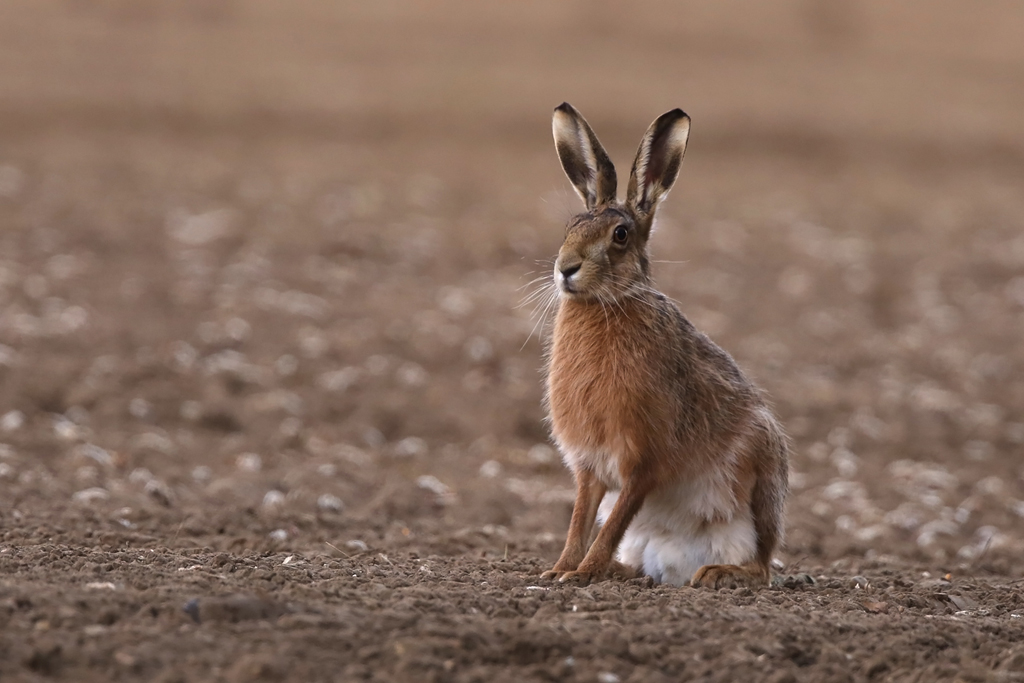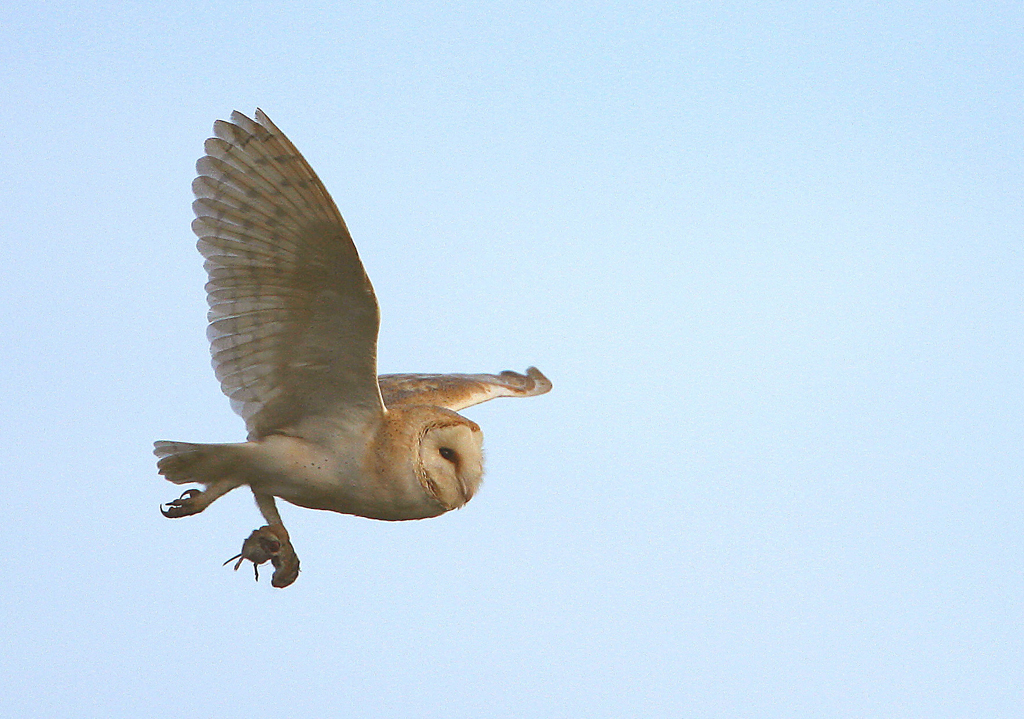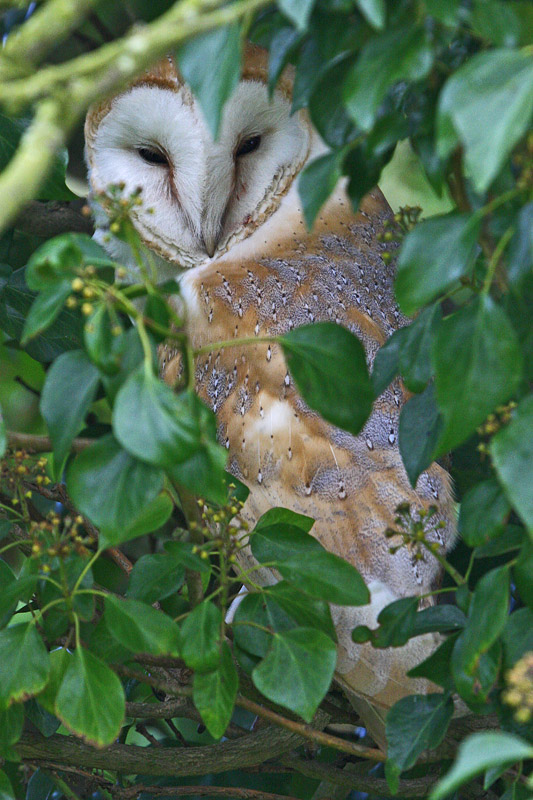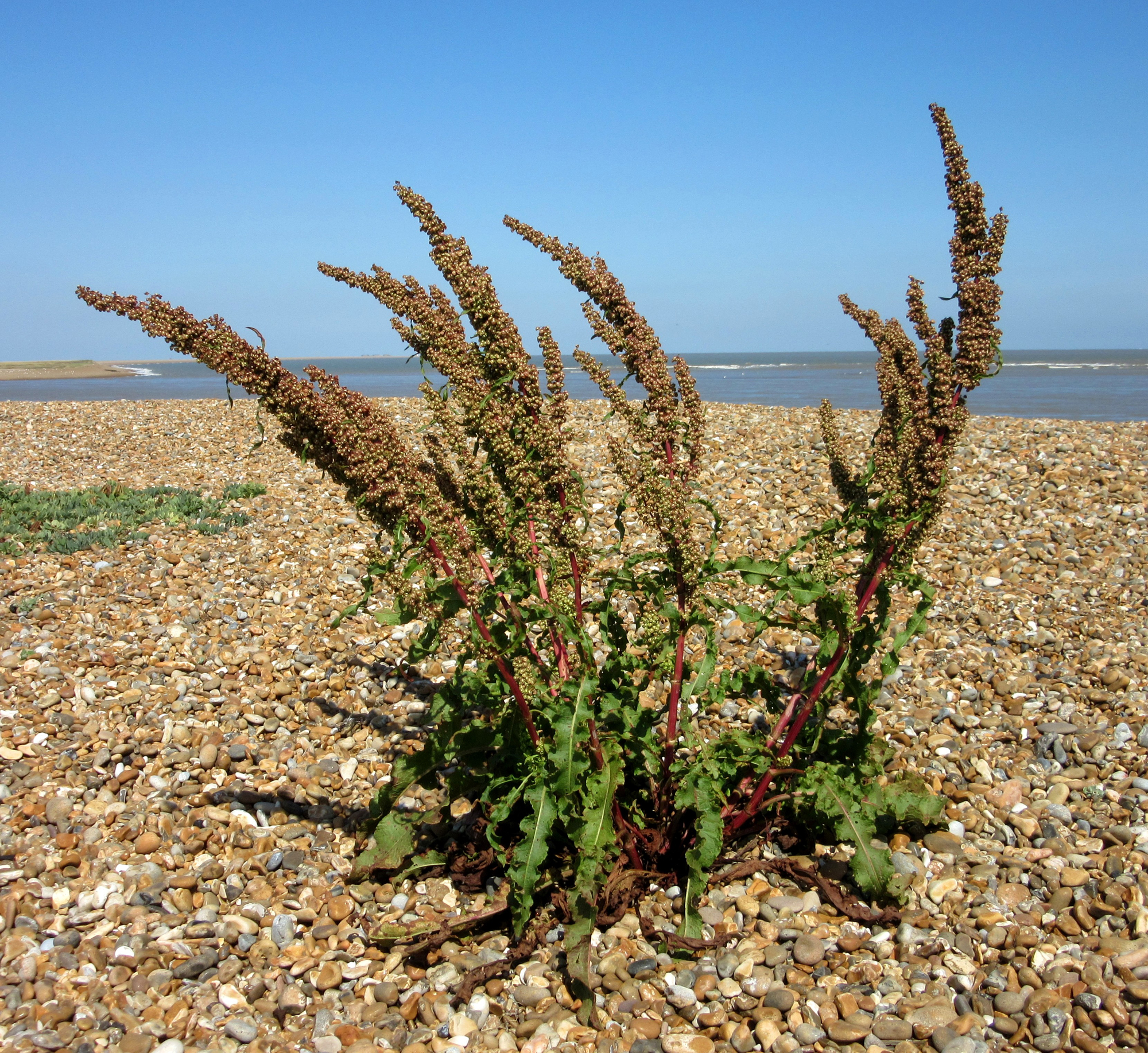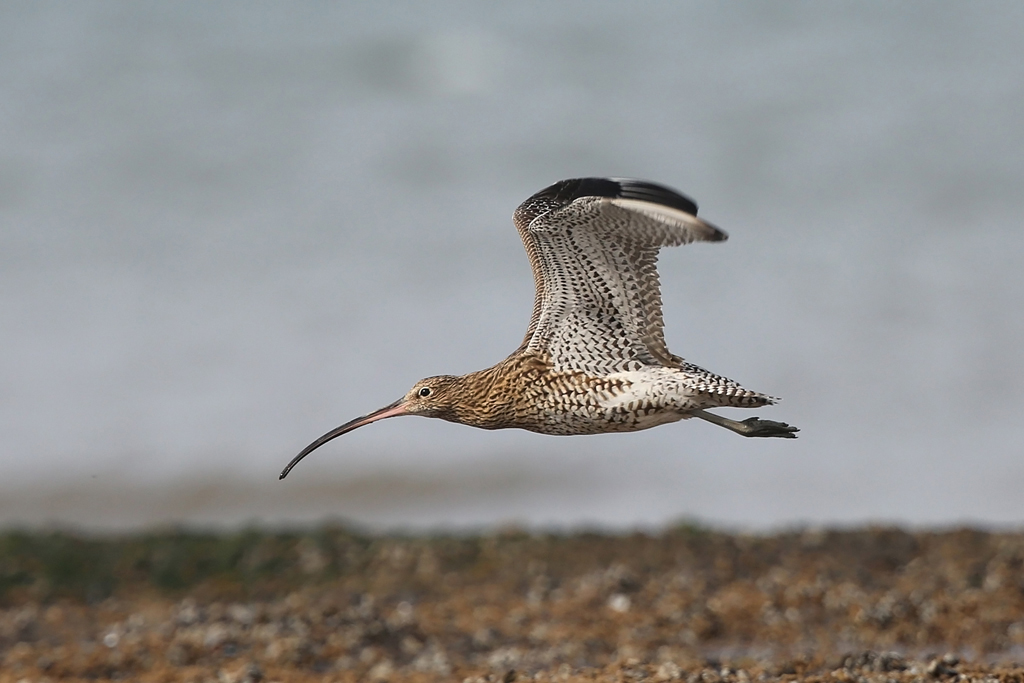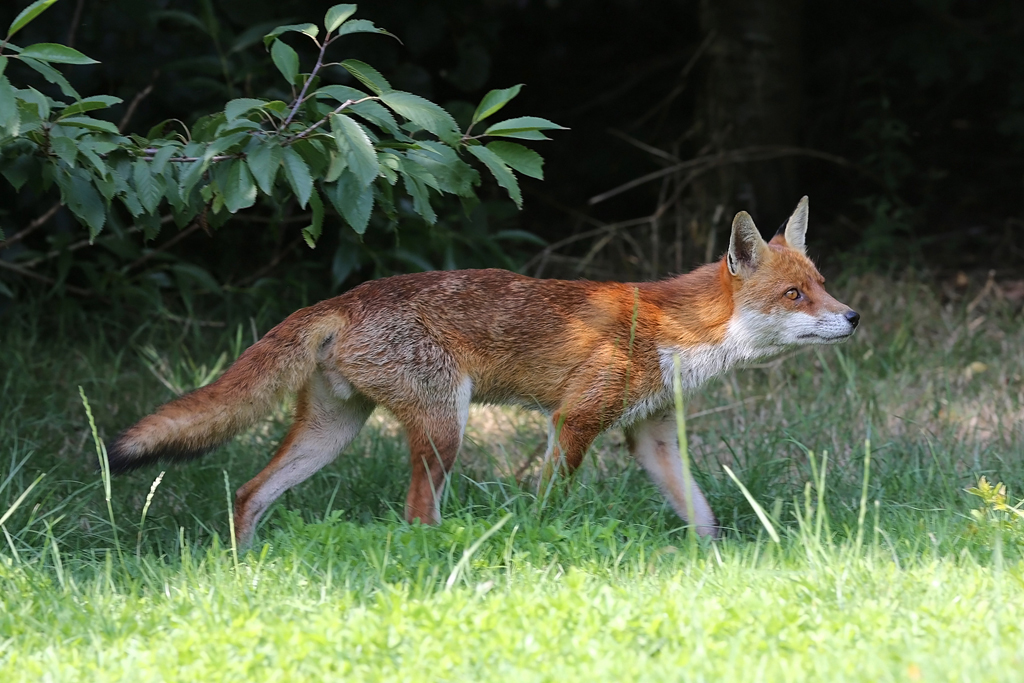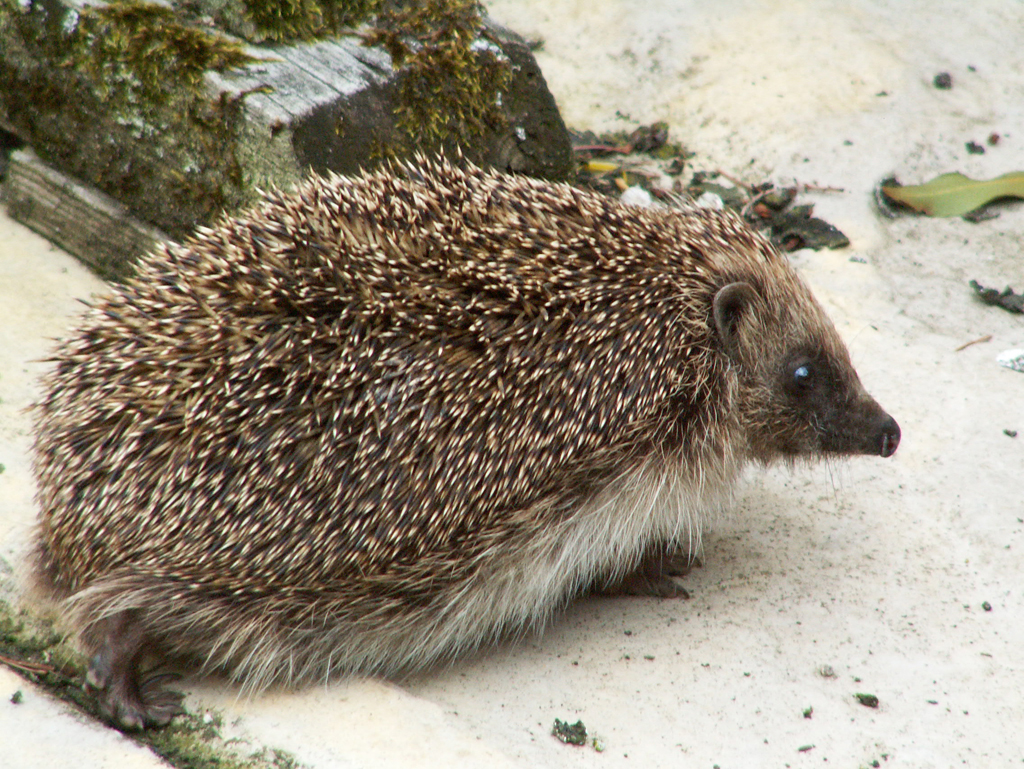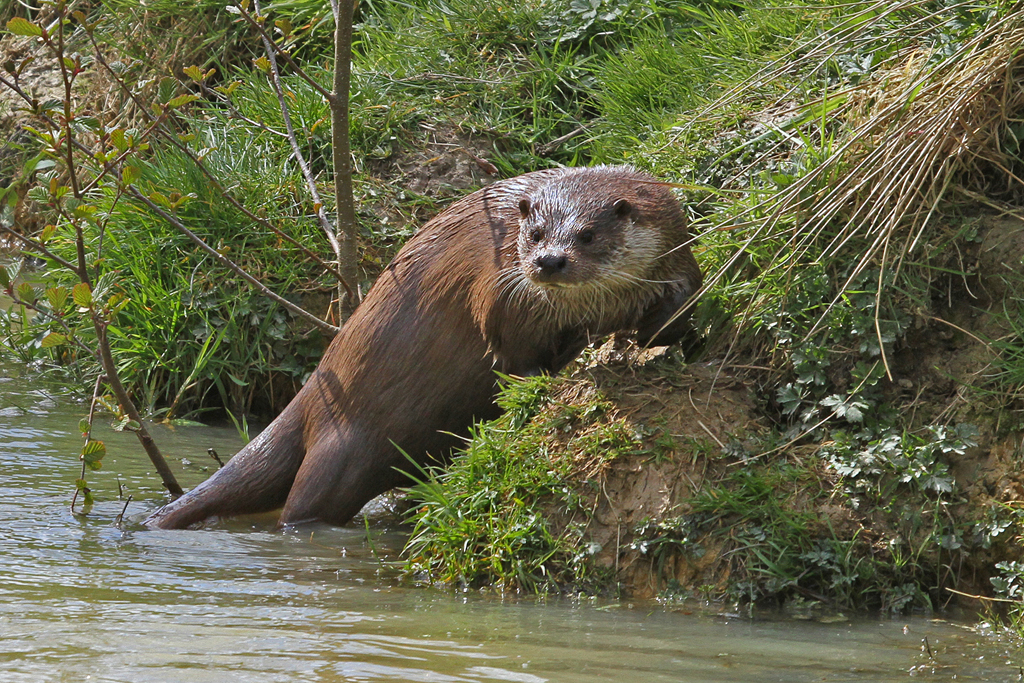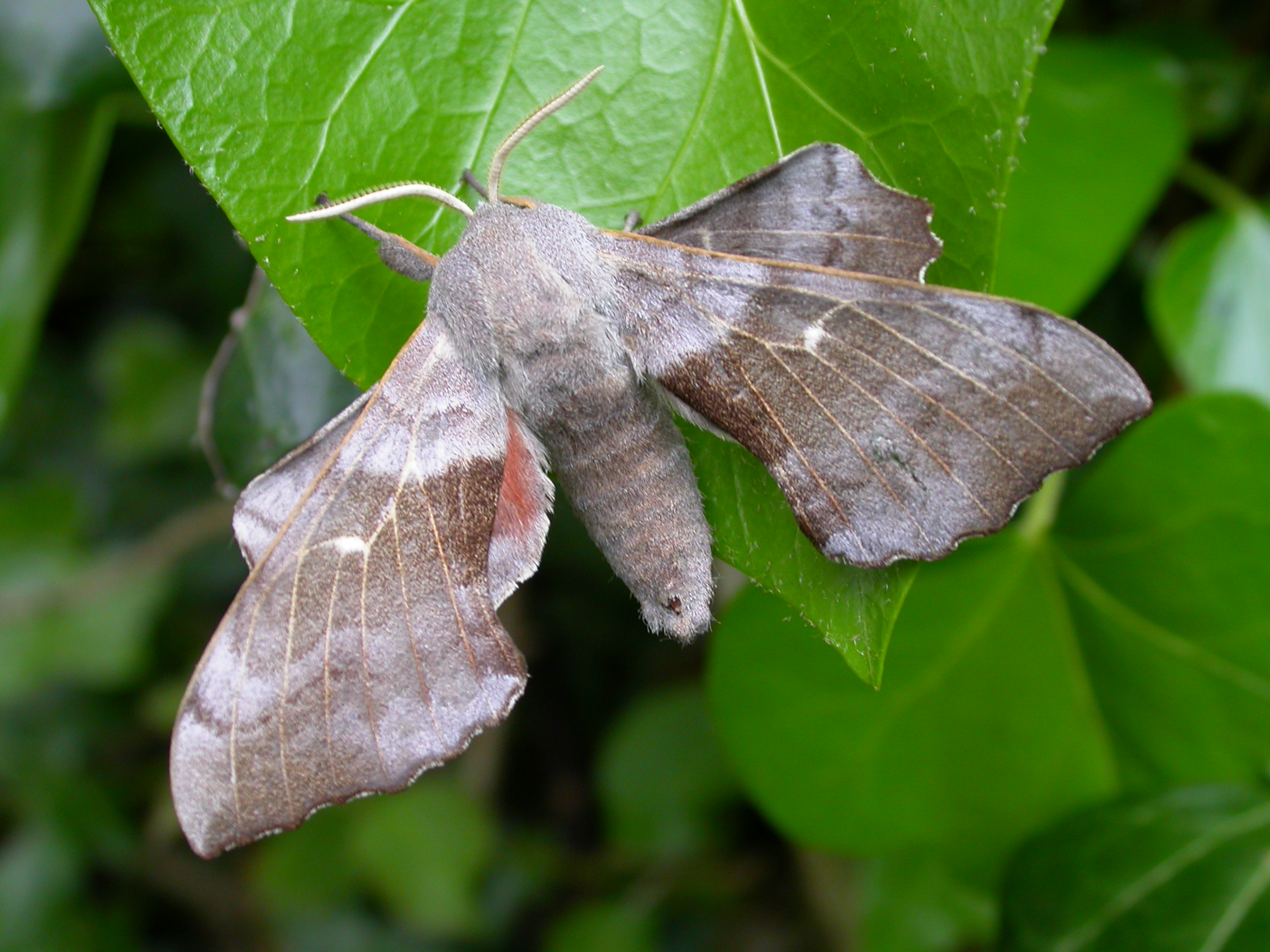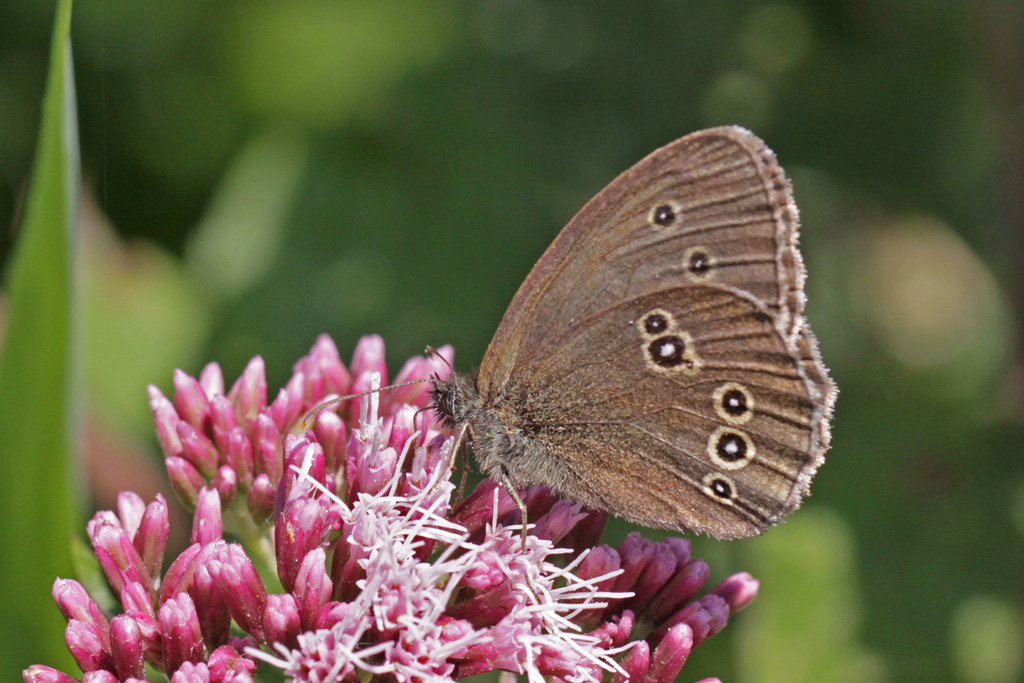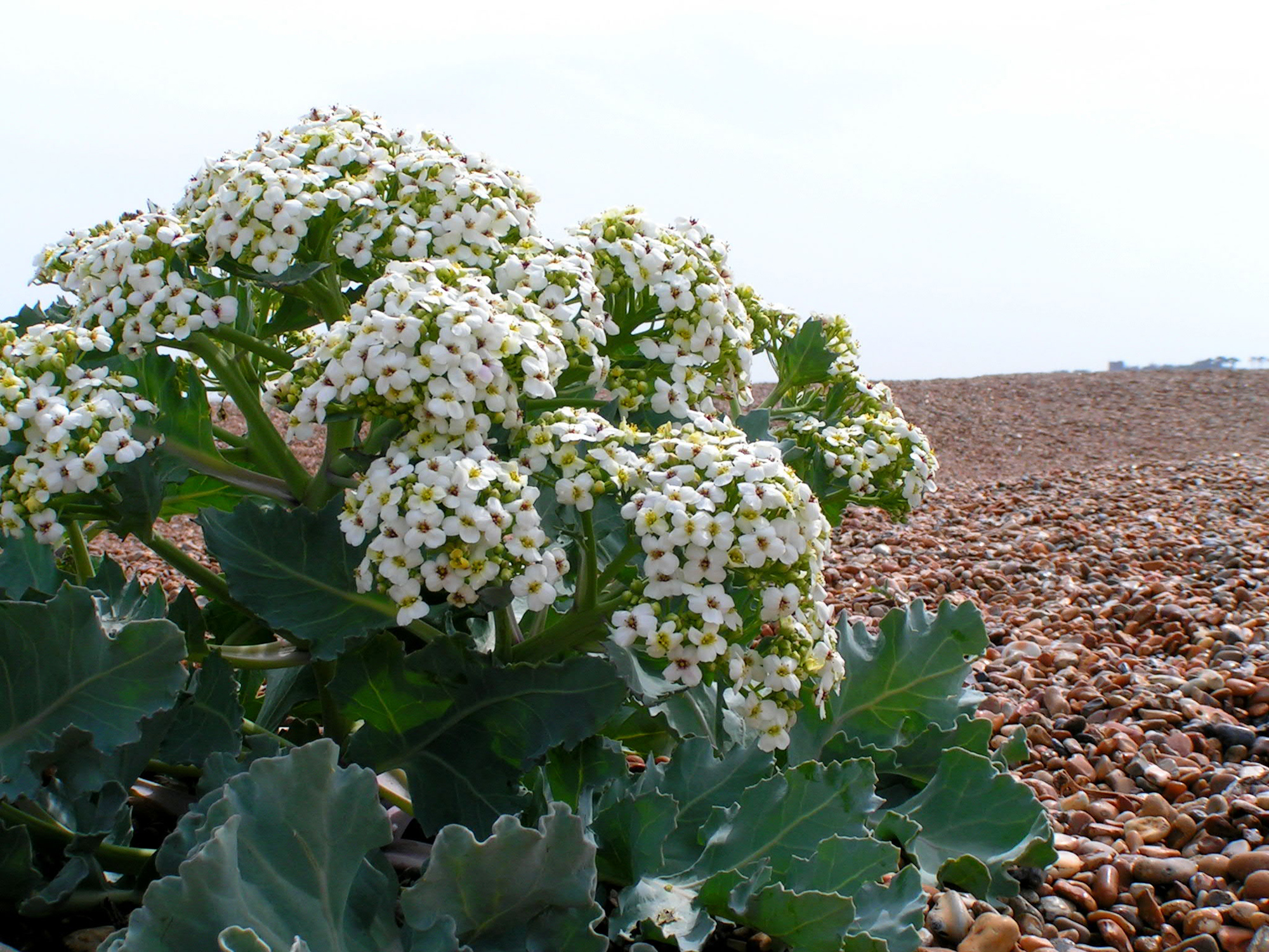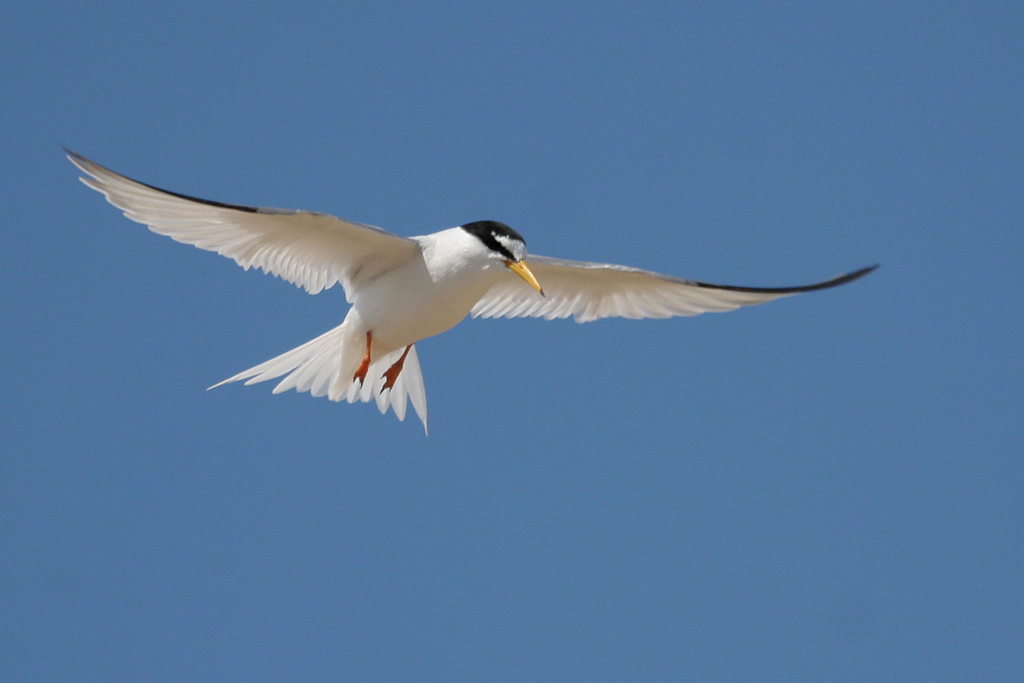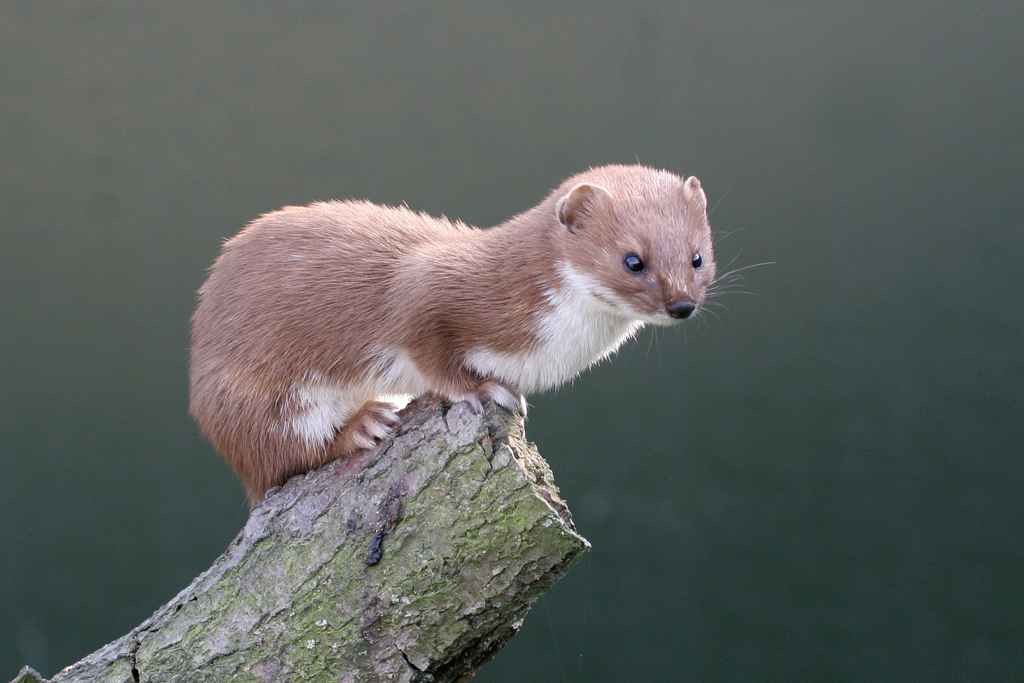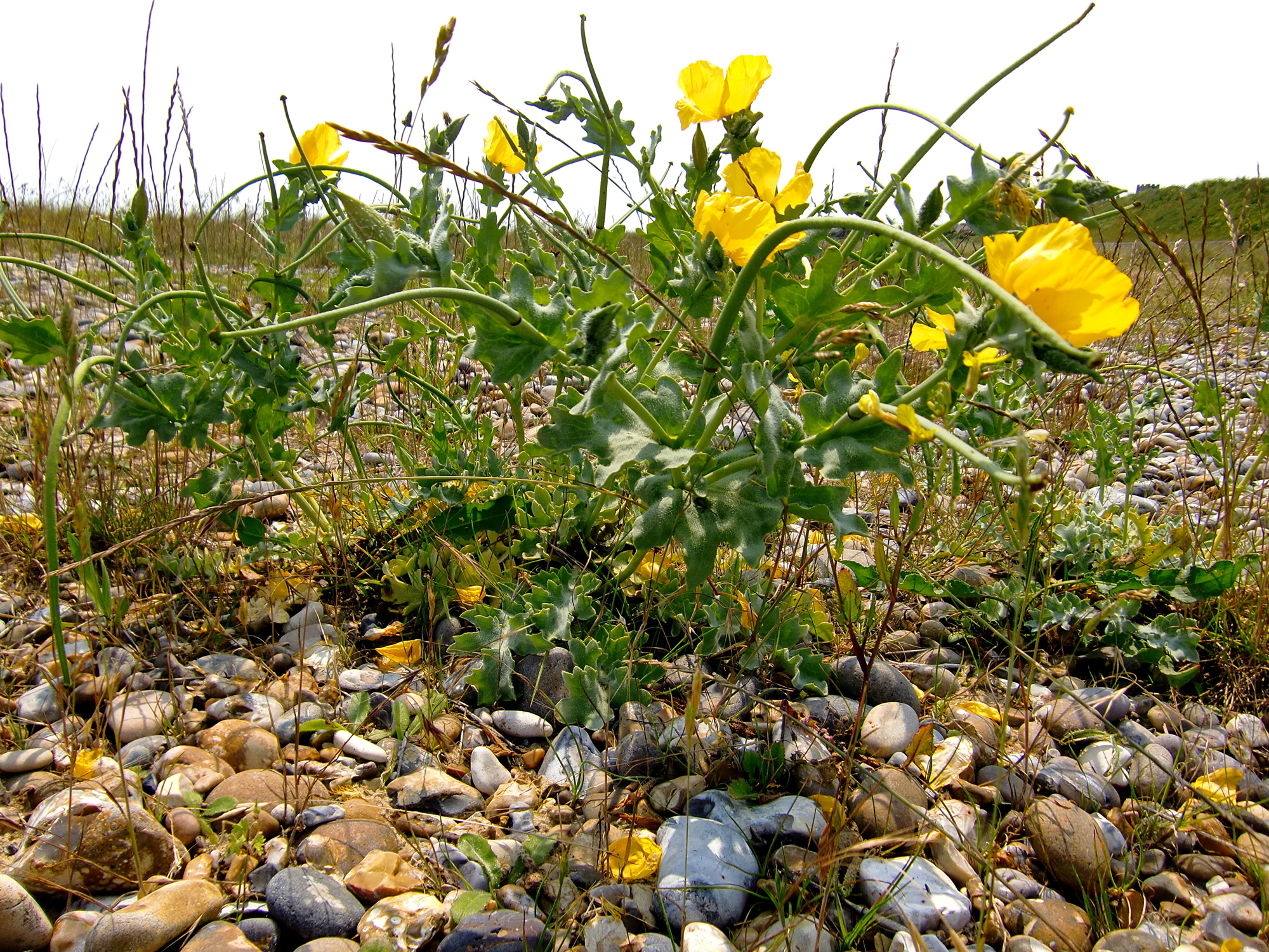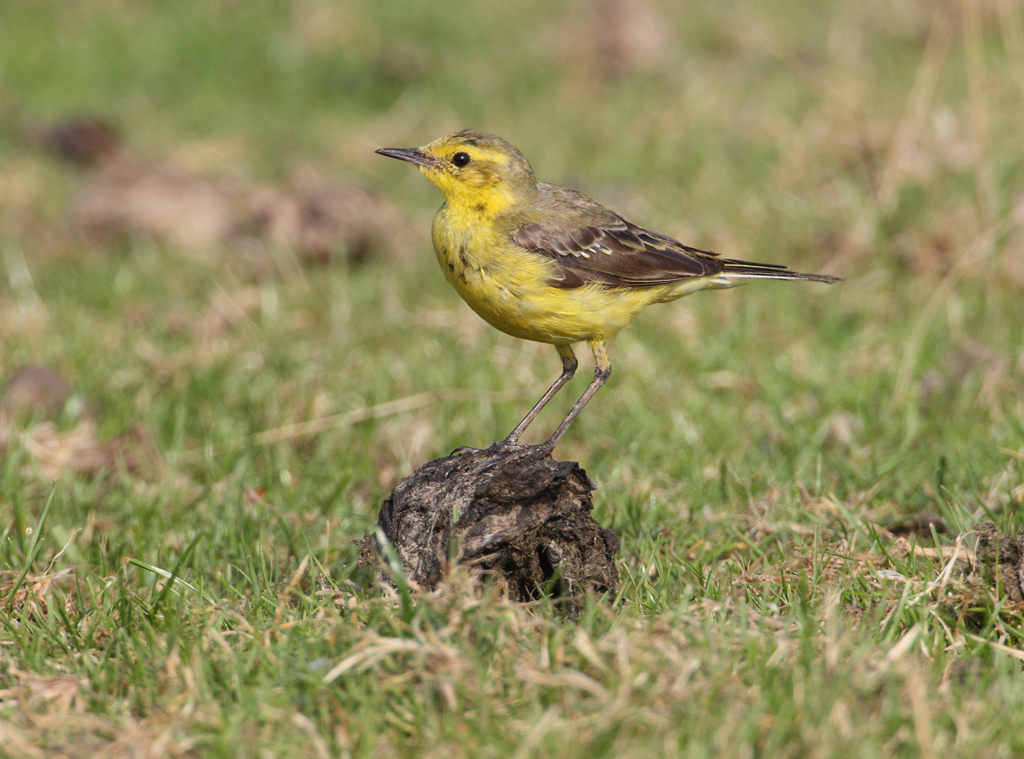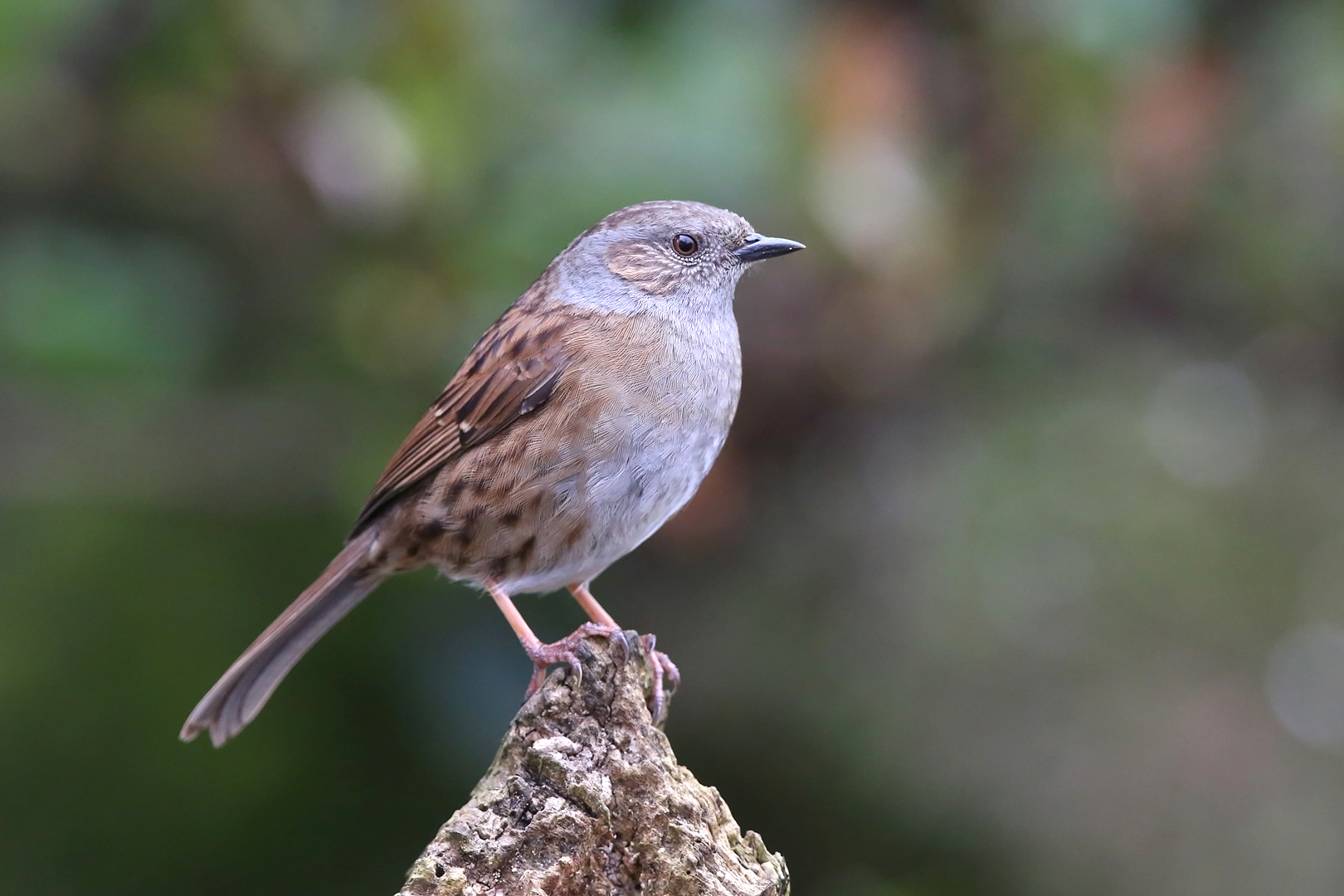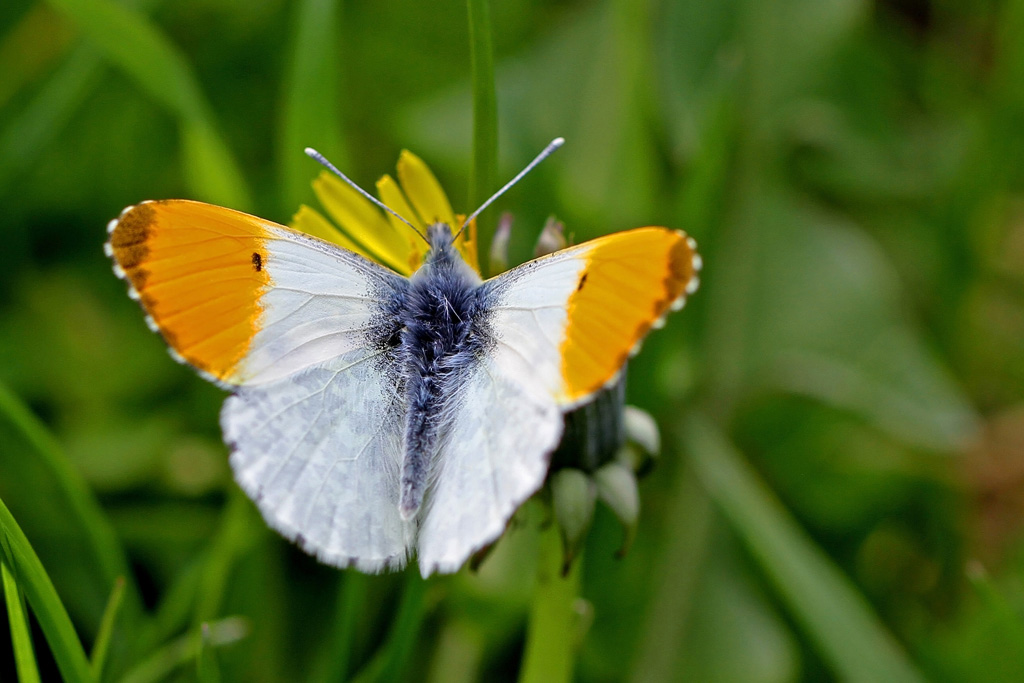Village Voices Nature Notes
Nature Notes is a series of articles written by Jeremy Mynott and published monthly in Village Voices, the local magazine for Shingle Street and nearby villages.
Village Voices Nature Note: Time to Fly
I hardly left Suffolk during lockdown – well, why would you? But this May I finally ventured out as far as another lovely county, Dorset, to try and catch up with a local celebrity there. I went to Giant Hill above Cerne Abbas, where a huge naked male figure (very naked, very male) is inscribed into the chalk hillside. That area is now fenced off, I was told, because women had taken to sleeping within the outline of the mighty male member hoping thereby to get pregnant. But I was in any case more interested in the lower slopes, where one of Britain’s rarest butterflies, the Duke of Burgundy, might be performing its own mating rituals. The Duke was never common in Britain, but in the nineteenth century it could still be found in several ancient Suffolk woodlands, like those at Reydon, Bentley and Bradfield. The last confirmed Suffolk sighting was in 1973, since when nothing. It’s hanging on at Giant Hill, though, breeding in very small numbers on the scrubby grassland where its favourite foodplants, primroses and cowslips, flourish in glorious yellow profusion. The Dukes are tiny but very beautiful, just thumbnail size with orange-and-brown chequered wings. They are the only European representatives of the Metalmark family, so called because of the distinctive glittering spots on the underwings.
You have to be at just the right place and time to see a Duke of Burgundy nowadays. The time is a short window in mid-May, and this is one of the few places. You have to be in the right posture, too, which is on your hands and knees, peering around to catch sight of the male perched on a stem, from which it sallies forth in short bouncy flights, to drive other males off its little kingdom. Just think, you have the whole of southern Britain to choose from and you have to defend to the death your minute patch (maybe a parable coming on here). The weather wasn’t great. Butterflies need it to be at least 14° C to warm their bodies sufficiently to fly and it was a cool, blustery day, threatening rain. But the clouds parted briefly and there was a sudden pulse of warmth from the sun. Almost immediately butterflies appeared, as if from nowhere: peacocks, tortoiseshells, red admirals, small brown jobs like grizzled and dingy skippers, and at last … yes, a freshly minted Duke, clinging to a buttercup.
The vision lasted only a few minutes. The clouds closed in and the rain came. But as the great Indian poet, Rabindranath Tagore said, ‘The butterfly counts not in months but moments, and has time enough’.
Jeremy Mynott
7 June 2022
Village Voices Nature Note: a Local Success Story
I see that the Minsmere bird reserve is celebrating its 75th anniversary this year. Congratulations! It’s a haven for all kinds of wildlife, of course – some 6,000 different species at the last count – but its long history has been especially associated with one particular bird, the avocet, surely one of our most charismatic national species. Avocets are quite unmistakable. They’re tall, graceful wading birds, a picture of elegance with that pied black-and-white plumage – both bold and delicate at the same time, like fine porcelain. They have unusual upturned bills, which they swish from side to side, sifting the saline pools for small crustaceans and invertebrates, and they have those lovely long legs in an extraordinary shade of pale blue. Even the name sounds attractive. It’s derived from the Italian and sounds so much more elegant, as you might expect from the Italians, than the old English names of scoop-bill, clinker, yelper and barker. Avocets are impossible to miss if you are near a colony, since they keep up a chorus of soft fluting calls should you approach too close. In fact, if they think their chicks are threatened they can become quite aggressive and the avocets turn into exocets, dive-bombing the intruder.
Even if you’ve never seen a real avocet you must have seen an image of one, since they have long been the official RSPB logo and appear everywhere on their badges, signs and products. This was a very shrewd commercial choice by the RSPB, since not only are the birds beautiful to look at but they are also the perfect symbol of a great conservation success story. Avocets disappeared from Britain as a breeding species in the nineteenth century, as a consequence of human persecution and wetland drainage, but they miraculously reappeared in 1947 just after the end of the war, ironically returning to a habitat of flooded farmland and marshland which had been deliberately created as part of our coastal defences. They found their own way back to the Suffolk coast at two places: Minsmere, which is now the premier RSPB reserve in the country, and Havergate Island in the Ore estuary, where they bred successfully under conditions of high security (the RSPB even had a secret code name for the place – Zebra Island’). Since then avocets have spread along the East Anglian coast in suitable habitats, but they still need our protection in the breeding season, especially from uncontrolled dogs on the local seawalls – we had a tragic incident at Shingle Street a few years back. Let’s help preserve our avocets as a happy symbol of national recovery and regeneration – the return of a native.
Jeremy Mynott
11 May 2022
Village Voices Nature Note: In Praise of Life
One of these days we shall wake up and hear that David Attenborough has died. There will then be deep and widespread national mourning, since he has become a sort of secular saint – a new St Francis of the birds and animals. But one should praise people while they are still alive and with us, not just write solemn obituaries when they are dead, so here goes.
For years Attenborough has been our guide to the natural world – infectiously enthusiastic, knowledgeable and, what is not at all the same thing, wise. It has become a sort of televisual cliché, but now an addictive one: the camera shows us some impossibly remote and inhospitable terrain from a great height; we pick out a tiny, distant figure in the wilderness of ice, marshland or desert; the picture zooms slowly in; and there is Attenborough, spreading his arms outwards to welcome us in, swaying around somewhat erratically to emphasise his words, and telling us, almost confidentially, in that so familiar, slightly hoarse voice, ‘And here, even in these extreme conditions, there is life, abundant life, and just over here behind me is something really quite extraordinary …’ .
In his autobiography he tells the story of his first job-interview with the BBC. His interviewer recommended that he be given a job, but should on no account be allowed in front of a camera, because of his peculiar facial movements and body language. This is precisely his great charm, however. He has the priceless gift of conveying his sense of wonder and excitement about the natural world in a way we can share and can see to be genuine. He is the perfect guide and intermediary, who invites us in and then lets us see what he saw and enjoy our own reactions. So many other presenters seem over-rehearsed by comparison. They spend more time presenting themselves than the wildlife, and their flirty chit-chat and highly staged conversations just get in the way.
I once heard Attenborough give a talk. The hall was packed, of course, and at the end of his spellbinding performance the chairman invited questions. A little boy at the front shot up his hand and asked in piping tones, ‘Please, Sir, how can I be like you when I grow up?’ The audience collapsed. But the great man took him seriously and said, ‘Well, the first thing you might do is go outside in your garden and look hard at something. I mean look really closely, for a long time, and then try to draw or write down what you saw and think of some questions to ask. It may become a habit.’
Jeremy Mynott
12 April 2022
Village Voices Nature Note: Despite Everything, Spring!
04 Mar 2022
I’m writing this on Friday 4 March. The forecast yesterday was for a mild night with a light southerly breeze and I felt something special might be about to happen, a little annual miracle that means more to me every passing year. So I went out at first light, senses flaring and on full alert. I only had to walk a short way before I heard it – a clear double refrain in the still morning air, chiff-chaff, chiff-chaff. Yes, I shouted, and punched the air like a demented football fan. The chiffchaff had returned – on exactly the same day as last year and even to the very same bushes. Magic!
The chiffchaff is just a tiny olive-green warbler, weighing no more than a 2p piece, but it’s always the first migrant to make the long journey back. I listen out for it eagerly every March and think of it surfing the green wave of spring that travels steadily north across Europe, bringing with it a new season of light, warmth and growth. Twenty years ago they would arrive here about 15 March and fifty years ago 31 March – that’s global warming for you, but the thrill has been the same each time.
This year is different in another way, though. It’s just as exciting to hear this herald of spring again, but it’s terribly poignant. The news from Ukraine is almost unbearable and other, human, migrants are streaming across Europe in despair. It will soon be the spring equinox, the moment in the year when night equals day and the forces of darkness and light are in equilibrium. That’s a perfect metaphor for this conjunction of destruction in the human world and rebirth and renewal in nature. I had the same feeling in March 2020 when the Covid pandemic first took a grip, right at the start of one of the best springs in living memory. The spring was unstoppable then and so it will be again this year, just as the tides will rise and fall every day, regardless of human disasters. And we can find hope, beauty and consolation in these natural rhythms, of which we are an integral part, if we respond to them fully. That’s not evading the bad news but counteracting it.
You can listen to the chiffchaff’s onomatopoeic song, if you just google chiffchaff song. Some old country names represent this as chip-chop, chit-chat, siff-siaff (Welsh) or tiuf-teuf (Irish); while the Dutch call it tjift-tjaf and the Germans zilp-zalp. Whatever the language, by the time you read this the chiffchaffs will have arrived all over Europe, with the promise of spring in their songs.
Jeremy Mynott
Village Voices Nature Note: Daffodil Time
01 Mar 2022
Florists make great play of the tradition of birthday flowers so that they have something new to promote each month, but some of their monthly choices seem at odds with the actual emergence of wild flowers through the seasons. Carnations in January, for example? I look out for aconites and snowdrops then, but we can surely all agree that March’s flower has to be the daffodil. 1 March is officially the first day of spring, whatever the weather, and there will be plenty of daffodils already sporting their yellow glory on that date. It is also St David’s Day and the daffodil is the national flower of Wales. The Welsh name for a daffodil translates as Peter’s Leek and the Welsh are supposed to sport both plants that day – though one imagines the daffodil might prove the more fragrant buttonhole. Most of our daffodils are cultivated varieties but there are still some genuinely wild ones in Britain, sadly now limited to relatively few sites.
The wild ones are smaller and daintier than the cultivars with a characteristic two-tone effect of paler petals surrounding a darker yellow trumpet. They used to flourish widely in damp meadows and old woodlands, many of which have now been destroyed for development, but you can still see them at various sites in SW England and we have a wonderful local display here in Butley Woods. The most famous wild daffodils, however, must be those in the Lake District, which were celebrated in William Wordsworth’s poem, I wandered lonely as a cloud. Wordsworth was inspired to write this by a walk he took with his sister Dorothy in 1802 at Ullswater, where they delighted in the glorious profusion of daffodils along the lake shore:
Ten thousand saw I at a glance
Tossing their heads in stately dance
The poem is a national favourite, but what may be less well known is that William cribbed some of his best lines from his sister Dorothy’s diary notes. Poetic licence? Or sexist sibling rivalry?
Matching flowers to months is becoming more difficult. William and Dorothy’s epiphany was in April not March. Scientists have calculated that as the climate heats up plants are now flowering 42 days earlier on average than on the same date before 1986. Nice in a way, but this creates serious disruptions to nature’s careful synchronisation of things like the hatching of bird chicks with the emergence of caterpillars, while farmers could lose a whole crop of flowering fruit trees to a late frost. Maybe the florists will prove right and we will one day have wild carnations blooming in January, but be careful what you wish for.
Jeremy Mynott
Village Voices Nature Note: a Herald, but of what?
01 Feb 2022
I went into my woodshed on the last day of the year and was greeted by a In my woodshed on the last day of the year I was greeted by a Herald. Not a Herald, not some reveller dressed up for a New Year’s Eve party with a trumpet reveller dressed up for a New Year’s Eve party with trumpet and tabard, but a and a tabard, but a moth and a lovely one at that. The Herald is quite a large, moth and a lovely one at that. The Herald is quite a large, furry moth, with a furry moth, with an imposing delta-winged shape and beautifully scalloped r delta-winged shape and beautifully scalloped rear-edges to the wings. This one ear-edges to the wings. This one was glowing with colour: it had bright orange was glowing with colour: it had bright orange flashes on its wings with shades flashes on its wings, with shades of pink and purple when it caught the light, of pink and purple when it caught the light, bold white cross tramlines with bold white cross tramlines with some finer lines of tracery running down to the finer lines of tracery running down to the wings’ edge and to finish it off, some wings’ edges and to finish it off, some neatly positioned white and black spots. neatly positioned white and black spots. Quite a spectactle - and a surprise too Quite a spectacle – and a surprise too, since you rarely find moths hibernating ince you rarely find moths hibernating through winter, though a few butterflies through the winter, though a few butterflies like Peacocks do.
The Herald Moth’s name may be meant to recall the flaring skirts of the medieval herald’s traditional costume, but its scientific name libatrix suggests dieval herald’s traditional costume, but its scientific name, suggests an alterna- an alternative explanation. Libatrix literally means meant ‘someone who pours a libation’, so maybe we are supposed to imagine the moth as a Roman priestess in her fine robes, pouring a libation to the gods or we could update that and think of it as someone raising a glass to greet the New Year with a rousing `Good Health’. Well, let’s hope so. My moth will emerge from hibernation in March or April, and what will our world be like then? Who knows? A month is a long time in a pandemic.
I’m uneasy. I think it was the exceptionally mild weather that made this Herald more active. Daffodils are already shooting up their green spears and may be flowering as you read this. I saw a bumblebee on the ivy the other day and birdwatchers have just spotted the first swallows of the year in Cornwall. We had the warmest ever New Year’s Day and people turned out in crowds to enjoy the unseasonable temperatures but we know this isn’t normal – or didn’t used to be. Some early stages of climate change may seem quite pleasant round here, but look round the world: tornados in the American mid-West, Typhoon Rai in the Philippines, record fires and snowfalls in Colorado, a heatwave in Bilbao. This is the ‘new normal’ and it’s coming our way. Expect the unexpected.
At COP 26 last November – remember that? – we were given some reasons to be hopeful. But have the promises already been forgotten? Can we still turn things round? Perhaps the wise advice is to think like pessimists and behave like optimists.
Jeremy Mynott
Village Voices Nature Note: Strange Combinations
03 Jan 2022
Have you been doing quizzes over the Christmas break? I was stumped by one of those Codeword puzzles the other day. I was looking for a seven-letter word with ‘tj’ in the middle, which is a rare combination in English. I could only come up with ‘straightjacket’, ‘bootjack’ and ‘nightjar’ – all of them too long. Well, the answer turned out to be ‘muntjac’, which I should have thought of since I’d just seen one in Shingle St, ducking hurriedly into a shrubbery.
Muntjacs are not a native species and they still look rather strange in an English landscape. The unusual name is a clue to their origins. It’s derived from a Dutch word, which in turn comes from the Sundanese, a language from Java in the Dutch East Indies. Muntjacs are animals of Asian rainforests and were first introduced into Britain in 1925 by the 11th Duke of Bedford for his wildlife park at Woburn. Inevitably, some escaped and they have now spread rapidly northwards, reaching as far as Scotland and even Northern Ireland (assisted passage, presumably).
This explains some of their unusual physical features, too. They are our smallest deer – about the size of a large dog – and have a most unusual profile, with the hindquarters higher than the front end, so that they always seem to be walking downhill. That’s an adaptation to enable them to move easily through the dense vegetation of the monsoon forests which are their natural home. It also explains their shyness – they are safe from predators in that dark tangle and communicate with each other more by sound than sight, hence their other common name of ‘barking deer’.
Sex again, I’m afraid.They breed all the year round and the females can conceive immediately after giving birth, so there’s always plenty to bark about. If you hear eerie barks and screams round here at night, it’s more likely to be muntjac than your neighbours.
Their other spooky adaptation is a set of long recurved fangs, very prominent in the males and quite disconcerting if you encounter one close up. Most deer have large antlers for mating displays, but those would just get caught up in undergrowth in the jungle. Moreover, the muntjac’s tusks are hinged and can be folded away when not needed for combat – so more like flick-knives than daggers. Neat!
It’s always a risk introducing a new species into an established habitat and muntjac do quite a bit of damage here browsing bushes and cropping such much-loved woodland flowers as bluebells and primroses.
But I gather from a game-keeper I know that their venison makes very good eating, so maybe that points to a solution?
Jeremy Mynott
Village Voices Nature Note: Let there be Dark
01 Dec 2021
I’m writing this on 1 November, when we have just changed the clocks and plunged deep into darkness until 27 March next year. I wish we could just stay with Summer Time myself, as the EU plans to do and as (little-known fact) we actually did in Britain experimentally from 1968-71; but then the Scottish farmers weighed in and said it was unfair to cows to change their milking times. Why even tell the cows if they have a problem with it, I wondered at the time, but maybe I was missing a point about circadian rhythms.
These are the automatic systems that constitute our 24-hour body-clocks and they manage all kinds of bodily functions like sleep patterns, mental alertness, cell
regeneration and brain-wave activity. They are triggered by changes from light to dark and are called circadian from the Latin circa diem about a day. All animals and plants have them – they control the precise timing of things like hibernation, reproduction and migration. You can watch some flowers literally closing down for the night as dusk falls.
We used to do that too, but in the last hundred years or so we have found two ways of scrambling these control mechanisms. First, we can travel rapidly through time zones, delaying the onset of night by five hours, for example, if we fly to New York – hence jet-lag. Secondly, we are the only species that now lives a good proportion of its life in artificial light, which we had never evolved to do in the millennia before electricity arrived in every home – hence insomnia.
We’re also increasingly inflicting this insomnia on the natural world, through light pollution in our big cities. It wasn’t a nightingale that sang in Berkeley Square, it was almost certainly a robin, confused by the street lights into think- ing that dawn had arrived. We read of baby turtles in Florida heading back up the beach to certain death instead of following the light of the horizon down to the sea. One study in the US estimated that some five million birds might die each year from becoming disoriented in migration and colliding with tall build- ings. And probably billions of insects perish in the glare of lights to which they are irresistibly attracted, so in turn depriving insectivorous songbirds of their usual food supply and further depleting their numbers too. As for glow-worms and fireflies, forget it: the ingenious courtship signals developed over millions of years of evolution are completely lost against the backdrop of skyglow.
Just look at this satellite picture of London by night. Soon everywhere will be over-lit ... except Shingle Street, I hope.
Jeremy Mynott
Village Voices Nature Note: Back to School?
01 Nov 2021
How much do young people know about nature? Do they ever look up from their phones for long enough to actually see anything? We may be about to find out since there are plans to introduce a new GCSE in Natural History and the Cambridge University Exams Board is right now working out a curriculum. As a taster, they sent round these sample questions below.
1. Grampy pig, hardback and curly bug are all common names for a:
(a) earwig; (b) woodlouse; (c) centipede?
2. Muntjac deer are the size of a:
(a) domestic cat; (b) large dog; (c) cow?
3.Is a slow worm a:
(a) worm; (b) snake; (c) lizard?
4. Horseshoe, pipistrelle and bechstein are all UK species of:
(a) bat; (b) deer; (c) orchid?
5. Which of the following is a visitor to the UK (ie, not resident):
(a) little tern; (b) song thrush; (c) wren?
6. Dead man’s finger (Xylaria polymorpha) is common in woodlands. Is it a:
(a) fruit; (b) fungus; (c) flowering plant?
7. A glow-worm is:
(a) a beetle that can chemically produce light; (b) a worm with a glowing tail; (c) a beetle that rubs its wings together to produce sparks?
8. You are walking in the countryside and find a deep 15cm conical hole with foul-smelling liquid poo in the bottom. Is it:
(a) a rabbit toilet; (b) a badger latrine; (c) fox poo?
9. How many eggs do long-tailed tits lay:
(a) 5-8; (b) 8-15; (c) 16-20?
10. Which of the following species is native to the UK?
(a) sycamore tree; (b) brown hare; (c) wildcat
11. How do mussels attach to rocks:
(a) with strong, sticky threads; (b) clamp on with their muscles; (c) small tube feet?
12. The turtle dove has declined by over 90% since the 1970s. The main reason is:
(a) hunting by humans; (b) predation from other animals; (c) loss of habitat?
13. Is a brown argus:
(a) a butterfly; (b) a moth; (c) a dragonfly?
14. How fast does a gannet hit the surface of the sea when diving for
(a) 20mph; (b) 60mph; (c) 100mph?
15. How many different species of beetle are there in the UK:
(a) 150; (b) 1,300; (c) 4,200?
I reckon some of these are quite difficult, so top of the class if you got twelve or more right. But if it was under five, now’s your chance to add another qualification to your cv. Never too late. Answers below:
Don’t cheat!
Answers: 1b, 2b, 3c, 4a, 5a, 6b, 7a, 8b, 9b, 10c, 11a, 12c, 13a, 14b, 15c
Jeremy Mynott
Village Voices Nature Note: the Humbler Creation
01 Oct 2021
There’s plenty of public support for protecting charismatic species of wildlife like golden eagles, beavers, red squirrels, swallowtail butterflies and oak trees – even domestic alpacas, just recently. But what about the humbler creation, as the hymnist put it, of insects, beetles, and worms that actually make the world go around? Especially worms. Worms have traditionally been regarded as the lowest form of life. The word itself comes from the Latin vermes from which we get vermin, and to call someone a worm suggests they are beneath contempt. But as any farmer will tell you worms are critical to the health of the land. They devour and recycle dead vegetation, and act as tiny ploughmen to aerate, drain and fertilise the earth. The richer the soil the more earthworms there will be in it, so those worm- casts on your neatly cut lawn are more like compliments than disfigurements. It’s been estimated that in an acre of good pasture there may be a greater weight of worms under the soil than there is of live stock above it.
All the great naturalists in history have praised worms. Aristotle called them the intestines of the soil, while Charles Darwin studied them for over 40 years and observed, It may be doubted whether there are any other animals which have played so important a part in the history of the world. My favourite worm quote, however, comes from the peerless Gilbert White, curate of a small village in Hampshire, whose Natural History of Selborne (1789) is said to be the fourth most published book in the English language (after the Bible, Shakespeare and John Bunyan). White is the spiritual father of all today’s nature diarists (including me) and Selborne is the record of his daily observations in his tiny parish, which he rarely ever left. Here he is extolling the worm and making a very modern point about the interconnectedness of all life:
The most insignificant insects and reptiles are of much more consequence, and have more influence in the economy of Nature, than the incurious are aware of; and are mighty in their effect... Earthworms, though in appearance a small and despicable link in the chain of nature, yet, if lost, would make a lamentable chasm. For, to say nothing of half the birds, and some quadrupeds, which are almost entirely supported by them, worms seem to be the great promoters of vegetation, which would proceed but lamely without them.
In some cultures we become part of this chain too by eating worms – the Maori traditionally regarded them as a great delicacy; and in most others we willingly submit to the reverse process on death ...
Jeremy Mynott




